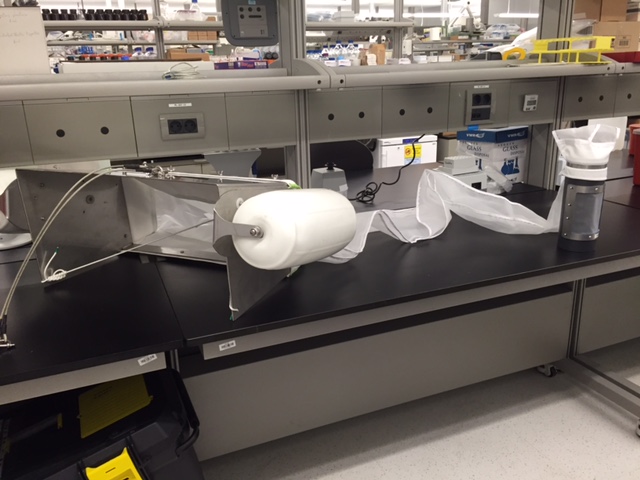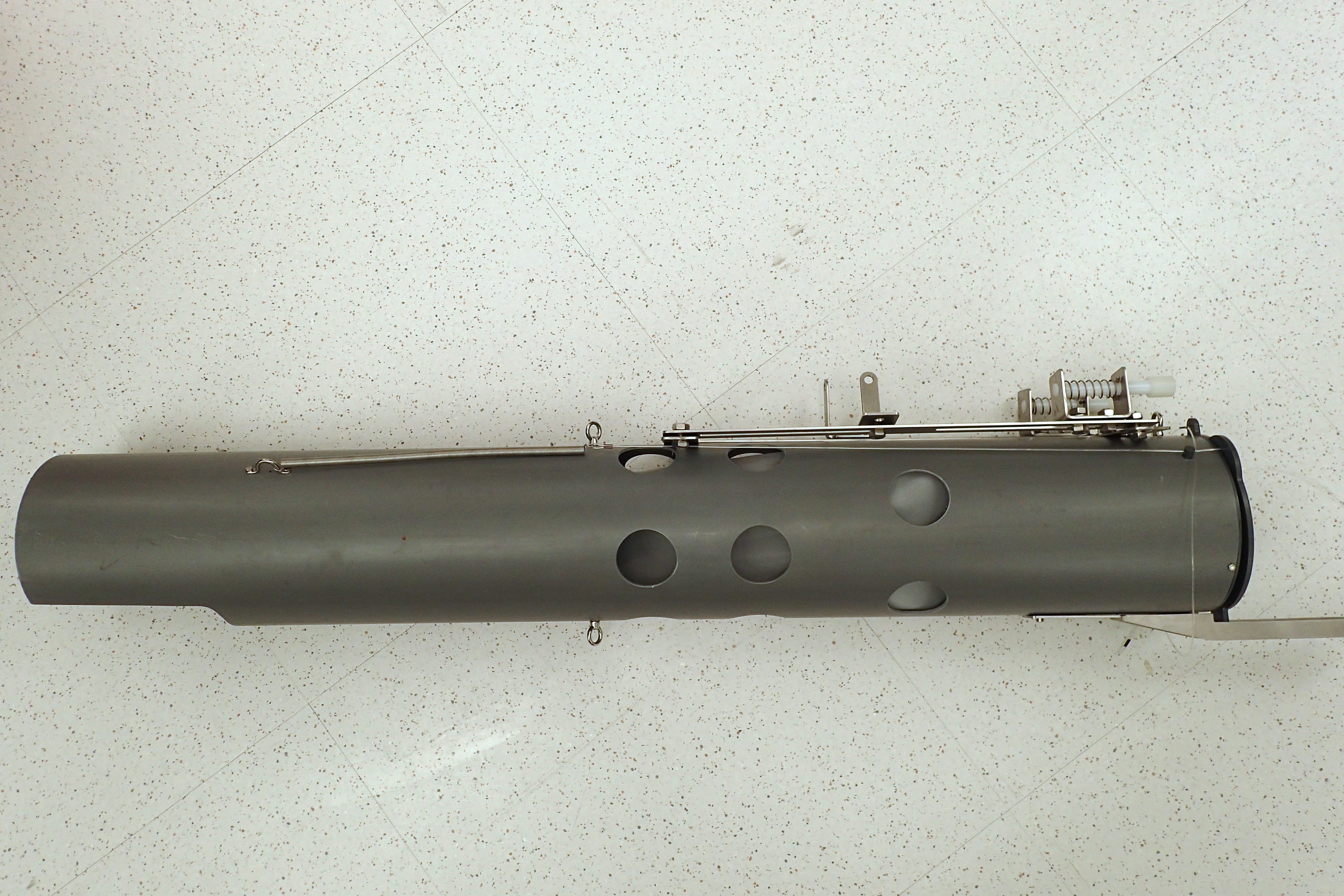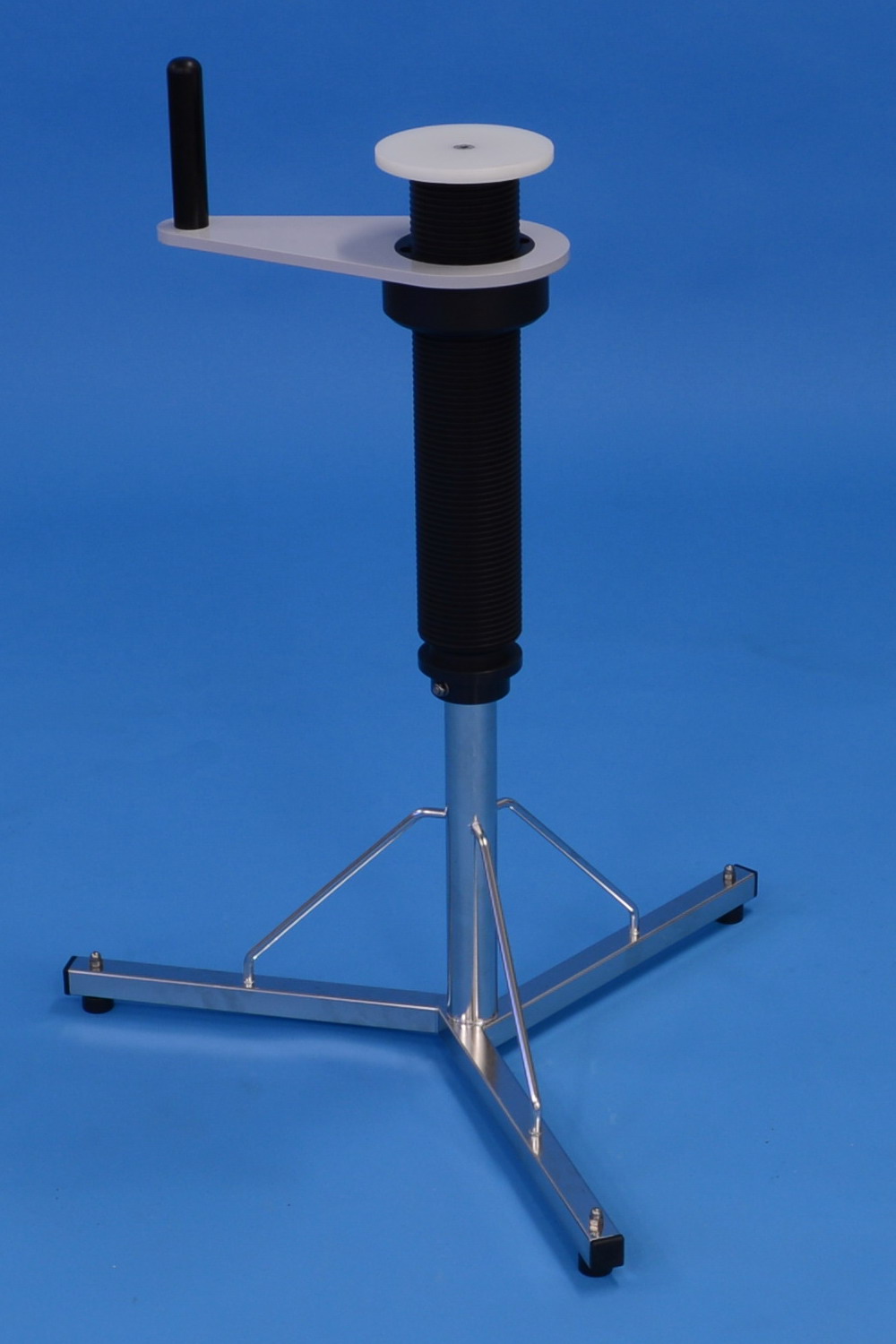Our group use different types of equipments for inshore and offshore fieldwork, sample collection and research cruises with the support of the Coastal and Marine Resources Core Lab of KAUST.

We collect and analyze diverse samples from the Red Sea and actively participate in oceanographic expeditions in the Arctic Ocean, the Mediterranean Sea and other oceanic areas. We use oceanographic research vessels for water and sediment sampling from the oceans, and the boats and facilities offered by the Coastal and Marine Resources Core Lab in KAUST for sampling the Red Sea.

The Neuston net features a large, rectangular net frame and a relatively long net with a standard mesh size of 200 µm for sampling substantial water volumes. The net mouthy shape is useful for surface sampling of microplastics and other near surface zones for collection of zooplankton, fish larvae and other delicate organisms.

A Plankton net is the equipment used for collecting samples of phytoplankton and zooplankton in the sea water. It consists of a towing line and bridles, nylon mesh net, and a cod end. The plankton net can be used for both vertical and horizontal sampling. We have different nets with 20 μm and 50 μm mesh sizes.

This equipment consists of an exclusive design to take phyto and zooplankton samples from different depths to investigate the distribution patterns.

Our core extruder apparatus allows precise sample extruding and sectioning of sediment cores for paleoecological studies. Equipped with sample ejection aggregate for slicing the sample into thin sections. Incremental extrusion/sectioning of standard cores gives core slices of 5 mm thickness for further analyses.